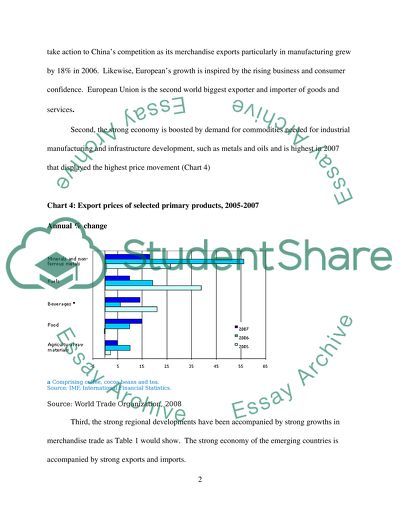Cite this document
(“International trade Essay Example | Topics and Well Written Essays - 2500 words - 1”, n.d.)
Retrieved from https://studentshare.org/environmental-studies/1409895-international-trade
Retrieved from https://studentshare.org/environmental-studies/1409895-international-trade
(International Trade Essay Example | Topics and Well Written Essays - 2500 Words - 1)
https://studentshare.org/environmental-studies/1409895-international-trade.
https://studentshare.org/environmental-studies/1409895-international-trade.
“International Trade Essay Example | Topics and Well Written Essays - 2500 Words - 1”, n.d. https://studentshare.org/environmental-studies/1409895-international-trade.


